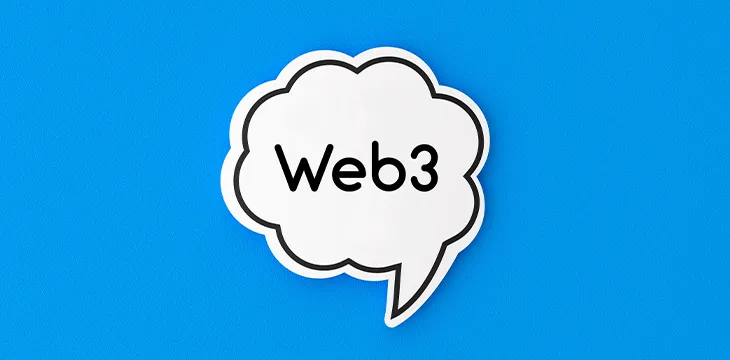|
Getting your Trinity Audio player ready...
|
This post originally appeared on ZeMing M. Gao’s website, and we republished with permission from the author. Read the full piece here.
A recent post by Dan Thomas on LinkedIn brought up the issue of usefulness of blockchain, web3, NFTs, etc., and touched on the question of decentralization and blockchain trilemma.
Any sign of sobriety during this intoxicating crypto frenzy is a good thing.
I partially agree with the original post, especially the point that many of the incumbent businesses shouldn’t be excited about DLT and web3, because, as the author points out, a lot of things they want to do can be done more efficiently and more economically using the conventional database technologies.
And I would add an additional reason to further support that point: for many incumbent businesses, playing DLT and Web3 is like riding on the back of a tiger – foolish – because they will end up inside the tiger, unless they clearly see what is coming and want to revolutionize their own businesses.
But I’d like to point out several things that are outside the scope of the original post:
(1) Blockchain Trilemma is a fallacy. It is an error caused by misinformation and misunderstanding about the real Bitcoin, originated from BTC (which is a severe distortion of Bitcoin) and Ethereum. Unfortunately, the whole world was misled, not only the general public but even most technologists, business people and consultants. See: Bitcoin Trilemma is a fallacy
But the truth is coming out, accelerating quickly.
(2) Web3 is not for the incumbent businesses that are based on monopoly-like controls. It is for a new generation of businesses, and also for billions of people. The struggle will be fierce. But it is coming.
(3) Web3 is coming, but not in the current form which is a total sham. See Web3, NFTs and DeFi are a sham without a blockchain scalable at L1.
With the upcoming integration of the Internet and blockchain on the basis of IPv6 and CGA (cryptographically generated addresses) to form a unified IoV, there will be only one blockchain at the base layer to tie everything together. And that blockchain must have extreme stability, scalability and low cost, in the range of TPS in billions and cost per transaction a thousandth of a cent. Other blockchains will either die or if they have a good enough reason to continue to exist in the market, will be absorbed into the unified IoV and become overlay networks, enjoying the efficiency of the base layer blockchain, while maintaining its niche.
Watch: The BSV Global Blockchain Convention panel, Web3 and BSV Blockchain
https://www.youtube.com/watch?v=RzJsCRb6zt8&t=29945s

 07-05-2025
07-05-2025 





